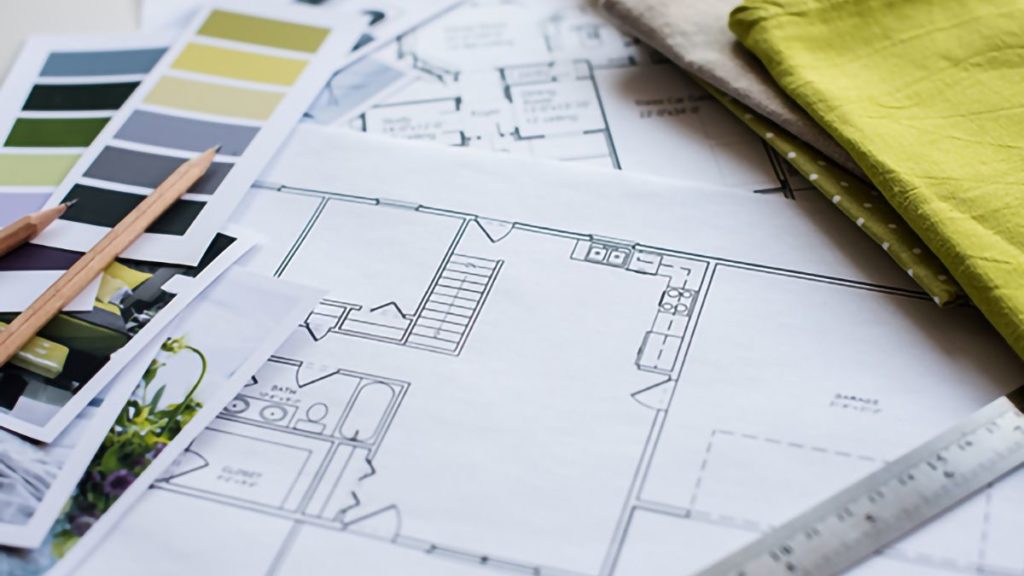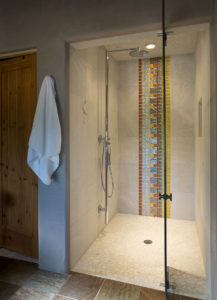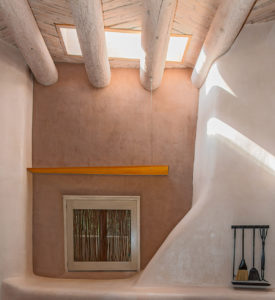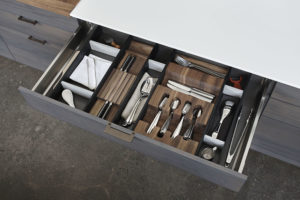Taking the Plunge

Now that you’re hooked up to your favorite interior designer, it’s time to get down to business. You have likely put a lot of thought into what you want to accomplish with your interior and now is your chance to let someone else in on your dreams. Like with most other relationships in our lives, the more honest you are, the better the results.
In your kick-off meeting, your designer might ask you what you hope to accomplish aesthetically, functionally, and possibly strategically, if a business is involved. Do you have a desired start and completion date in mind? Do you have existing drawings of the space? Is there a budget? And there really should be a budget. Trust us. Best to provide a range upfront, rather than playing a game of chicken. A knowledgeable designer can quickly hone in on concepts and selections that suit the given budget. Make your designer aware of anyone else involved or ones that might be (i.e. general contractor, architect, subcontractors, vendors, artisans). Most importantly, determine who will be the primary decision maker(s) so that there is a crystal-clear chain of command. The more these items are clarified, the less time and money is spent inefficiently.
When describing your aesthetic goals, designers love, love, love it when you can give specifics of how you want your space to look and feel. This is the time to boldly declare that you hate blue or can’t live with prints. Just refrain from using ‘cozy’ or ‘contemporary’. Such words are vague and offer too many possible interpretations.
Some good examples of specificity might include: “I want it to feel like this landscape painting that I bought in France and evokes good memories”, “I want this room to be soft and calming like a day at the beach”, “I want it to nod to the historic architecture yet have a fresh twist”. Periodicals and Pinterest are useful tools for finding examples of how you want a space to look/feel. You might also search within your existing space for items that can convey aspects of your personal story and identity to your designer.
The chosen designer will gather all this information through notes, sketches, photos, or however they best work, let it slosh around, synthesize and compile it into a document for reference throughout the project. They might also come back to you with further questions, or to get a sense of prioritization of your wants/needs, and of course, an initial discussion of what is feasible in terms of your budget, space, and time.
We begin by hunting for imagery that captures the basic concept, whether we’re talking a new living room or a branded hotel space, sketching a few floor and furniture plan options, and pulling finishes and furnishings from a large library of references. We discuss how you will experience the space. What do you want to see or feel or even hear as you walk through each area? What areas are most important to you and need special attention? We interpret and read between the lines to discover what you might love and not even know you love. This is the test and toss part of the project, where designer and client play with lots of new ideas, some of which will stick, and some of which won’t. Through this creative work, your story begins to distill into an essence that defines the project and creates direction.
The results of this phase could be in the form of hand drawn floor/furniture plan(s), a concept board chock full of finishes, furnishings and fixtures and some key imagery that tells it all. Once, and only once you say “Yes!” will we move forward and begin to turn vision into reality.


